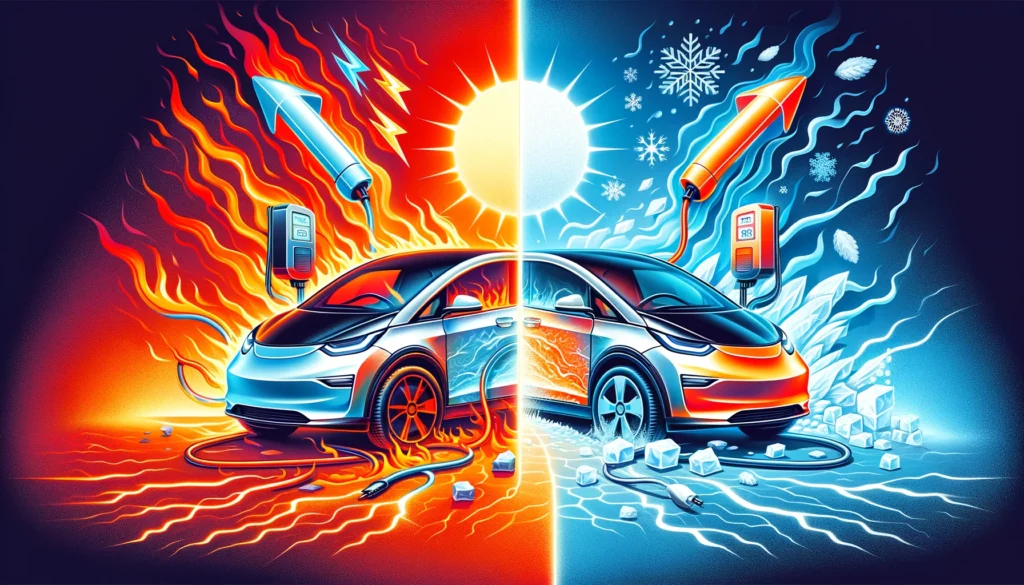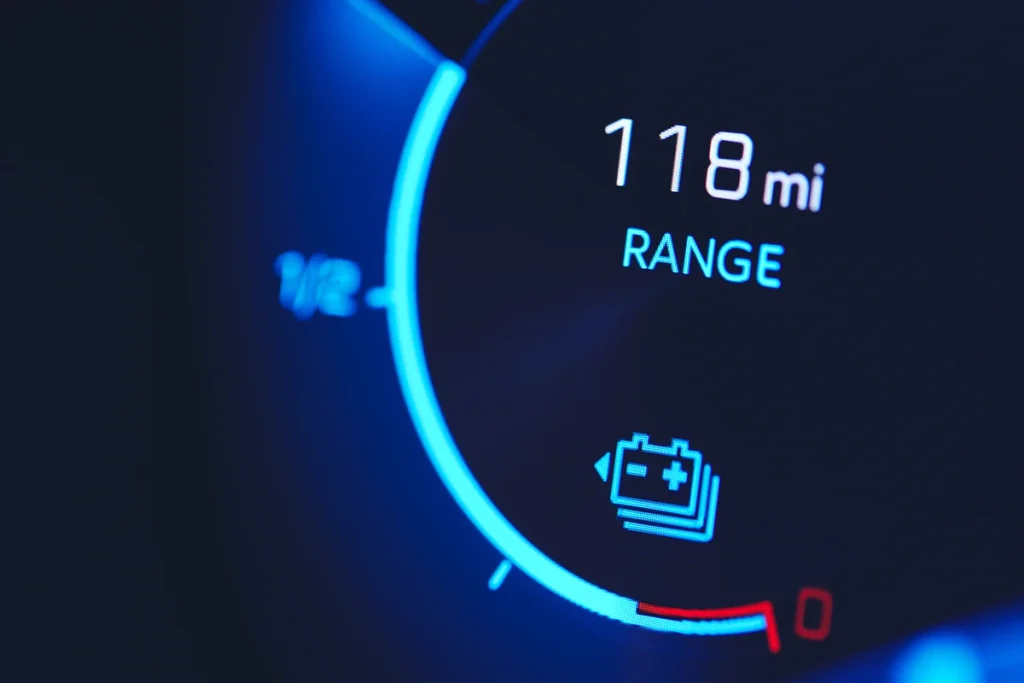The electric vehicle (EV) market, once hailed as the future of automotive transportation, is now experiencing a phase of reevaluation and recalibration. While global sales of EVs have seen a steady rise, the same cannot be said for the United States, where the market appears to be encountering significant challenges. As major players like Hertz, General Motors, and Ford adjust their strategies, the question arises: Is the current EV market heating up or cooling off?
A Tale of Growth and Realignment
The story of the U.S. electric vehicle market is one of promise tempered by pragmatism. On the surface, the numbers paint a picture of steady growth and increasing adoption. EV sales have experienced progressive year-on-year increases, mirroring a global trend toward sustainable transportation solutions. However, beneath the surface lies a more nuanced reality—one marked by shifting expectations, recalibrated strategies, and unforeseen challenges.
Recent announcements from major players like Hertz, General Motors, and Ford Motor Co. underscore the industry’s complexities. Hertz’s decision to sell off a third of its EV fleet highlights the financial pressures confronting rental car companies. At the same time, General Motors’ admission that it will not meet its EV sales targets signals a broader reassessment within the automotive sector. Even Tesla, the trailblazer of the EV revolution, has adjusted its pricing strategy in response to market dynamics, suggesting a need for course correction.
Assessing Market Dynamics
To understand the current state of the U.S. EV market, it is essential to examine domestic and global trends. While countries like China, Germany, and Norway have embraced electric vehicles wholeheartedly, the U.S. has lagged, with EVs accounting for only 9% of all passenger vehicles. This disparity underscores the domestic market’s challenges, including affordability concerns, infrastructure limitations, and foreign competition.
The rollback of government subsidies, coupled with technological hurdles such as battery performance in extreme climates, poses significant barriers to widespread EV adoption. Moreover, the dominance of foreign manufacturers like BYD in global EV sales raises questions about the competitiveness of domestic players. As Chinese electric vehicles gain traction in international markets, U.S. manufacturers must innovate and differentiate to remain viable in an increasingly crowded landscape.
Identifying the Roadblocks
To understand the root causes of the challenges facing the U.S. electric vehicle market, it’s crucial to examine three key factors: affordability, infrastructure, and competition.
Affordability:
Despite the long-term cost savings EVs offer through reduced fuel and maintenance expenses, the upfront cost remains a significant barrier for many consumers. The rollback of government subsidies, which previously offered tax credits of up to $7,500 for EV purchasers, has made electric vehicles more expensive on average than their internal combustion counterparts. This affordability gap threatens to impede the widespread adoption of EVs, particularly among cost-conscious consumers.
Infrastructure:
A robust charging infrastructure is essential to support the mass adoption of electric vehicles. However, the U.S. currently lags, with a shortage of fast-charging stations and limited coverage in rural areas. Without adequate infrastructure, consumers may hesitate to switch to electric vehicles due to concerns about range anxiety and charging convenience. Addressing this infrastructure gap is critical to unlocking the full potential of the EV market and facilitating its transition to mainstream acceptance.
Competition:
The rise of foreign competitors, particularly Chinese electric vehicle manufacturers like BYD, poses a formidable challenge to domestic players. While trade barriers may limit direct competition, the global nature of the automotive industry means that foreign market dynamics can still impact domestic manufacturers. As Chinese electric vehicles gain traction in international markets, U.S. companies must innovate and differentiate to maintain their competitive edge.
The Investment Landscape
For investors eyeing the EV sector, the current market conditions present both opportunities and risks. Despite recent stock price declines, EV companies maintain relatively high valuations, reflecting optimism about the industry’s long-term growth prospects. However, concerns about affordability, technological challenges, and the uncertain regulatory environment suggest that caution is warranted.
While the surge in EV adoption indicates strong consumer demand, investors must carefully evaluate individual stocks based on their financial health, growth potential, and competitive positioning. Given the industry’s volatility and the potential for significant changes in the competitive landscape, a long-term investment strategy is advisable. By focusing on companies with solid fundamentals and a clear path to profitability, investors can position themselves to capitalize on the continued growth of the EV market while mitigating risk.
Navigating the Road Ahead
The U.S. electric vehicle market stands at a critical juncture, characterized by rapid evolution and intense competition. While challenges abound, including affordability issues, technological hurdles, and foreign competition, the underlying demand for EVs remains strong. As consumer preferences shift towards greener and more sustainable transportation options, the industry is poised for continued growth, albeit with some bumps.
For investors and consumers alike, navigating the complexities of the EV market requires diligence, foresight, and a willingness to adapt to changing circumstances. By approaching the sector with caution and a long-term perspective, stakeholders can seize opportunities and weather challenges, ultimately contributing to the ongoing transformation of the automotive industry. As the journey towards a cleaner, more sustainable future unfolds, those who embrace the electrification revolution stand to reap the rewards of innovation and progress.


